Highlights
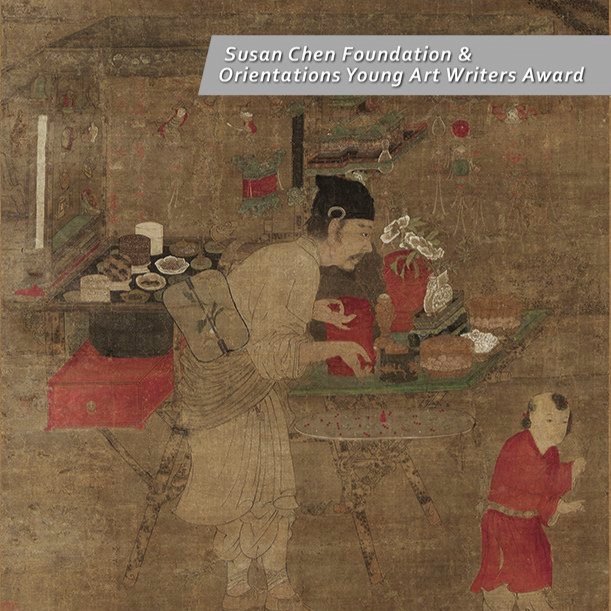
Remembrance of Things Past: Negotiating a Scholar-Official Identity in Sweetmeat Vendor and a Child
Street vendors were a popular painting subject in both the Song dynasty (960–1279) and the subsequent Yuan dynasty (1272–1368), the transition of which marked the dominion of the Mongol empire over China.

The Religious and Humanistic Context of Chinese Tang-Dynasty Armour Futun (Abdominal Swallowing-like Beast)
The Tang dynasty (618–907 CE) is often regarded as the most wealthy age of ancient Chinese empires, and Tang art elaborately demonstrates the dynasty’s cultural diversity.

In Pursuit of the Picturesque: Jades from the Qianlong Era in the Minneapolis Institute of Art
The reign of Qianlong (r. 1735–96) marked the most glorious period in the long history of jade production in China. The stable imperial power and unprecedented prosperity created an environment in which jade carving could flourish.
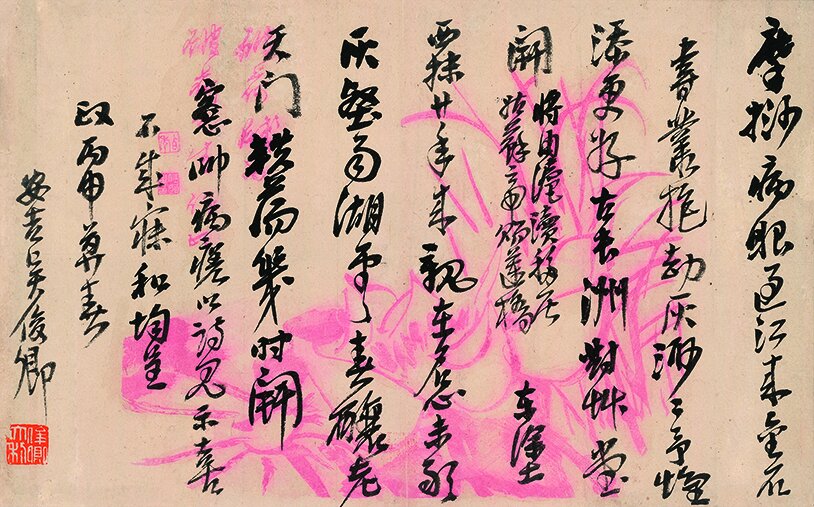
Wang Tiande: Transforming Art by Collecting
Trained in Chinese painting and calligraphy at the Zhejiang Academy of Fine Arts (now China Academy of Art), Wang is well versed in classical aesthetics and literati idealism, but remains conscious not to let tradition limit his creativity.

Fascinating Characters: The Art of Writing and Text Cultures in East Asia
The significance and relevance of the art of writing compellingly lends this subject to the opening presentation in this gallery. Calligraphy is omnipresent in East Asia, where writing systems are crucial.

A Lonely Odyssey: The Life and Legacy of Alma M. Karlin
Karlin was by no means the first woman to travel around the world alone, but according to Barbara Trnovec, curator of the archive of materials and documents Karlin accumulated during the course of her journey at the Celje Regional Museum in Slovenia, she was one of the first women to travel on her own for such an extended period.

The Abstract Prints of Hagiwara Hideo
In 1954, the Japanese oil painter Hagiwara Hideo (1913–2007) turned to woodblock printmaking after falling ill with tuberculosis. Right from the start his prints were abstract in style, which made his reputation abroad as well as in Japan.

Materials of Inspiration: Zheng Chongbin
Contemporary artist Zheng Chongbin (b. 1961, Shanghai) has turned Chinese painting inside out, focusing on its materials and surface, the performance and process of painting.

Lalan’s Metaphysical Journey Through Her Artistic Practice
Xie Jinglan (1921–95), nicknamed Lalan, was an artist who paved her search into spirituality through the oeuvre she composed, choreographed, performed, and painted.
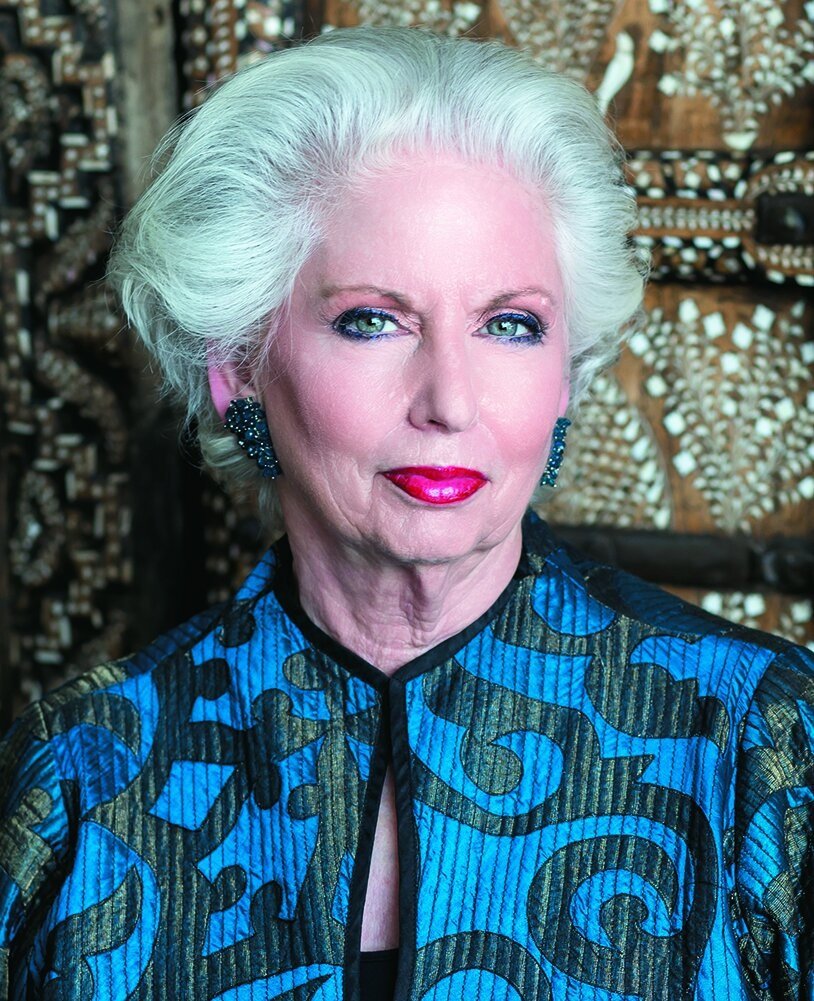
Exquisite Aesthetics: An Interview with Barbara Levy Kipper
The exhibition ‘Vanishing Beauty: Asian Jewelry and Ritual Objects from the Barbara and David Kipper Collection’, on view at the Art Institute of Chicago from 19 June to 21 August this year, showcased the extensive collection of jewellery as well as ritual objects from the Himalayas and other Asian regions to be gifted to the museum by Barbara Levy Kipper.

‘Jewels of Transcendence: Himalayan and Mongolian Treasures’
Humanity has long viewed material treasures as evidence of spiritual riches—just as the earthly powers of the political elite have been (and in many regions continue to be) considered divine.
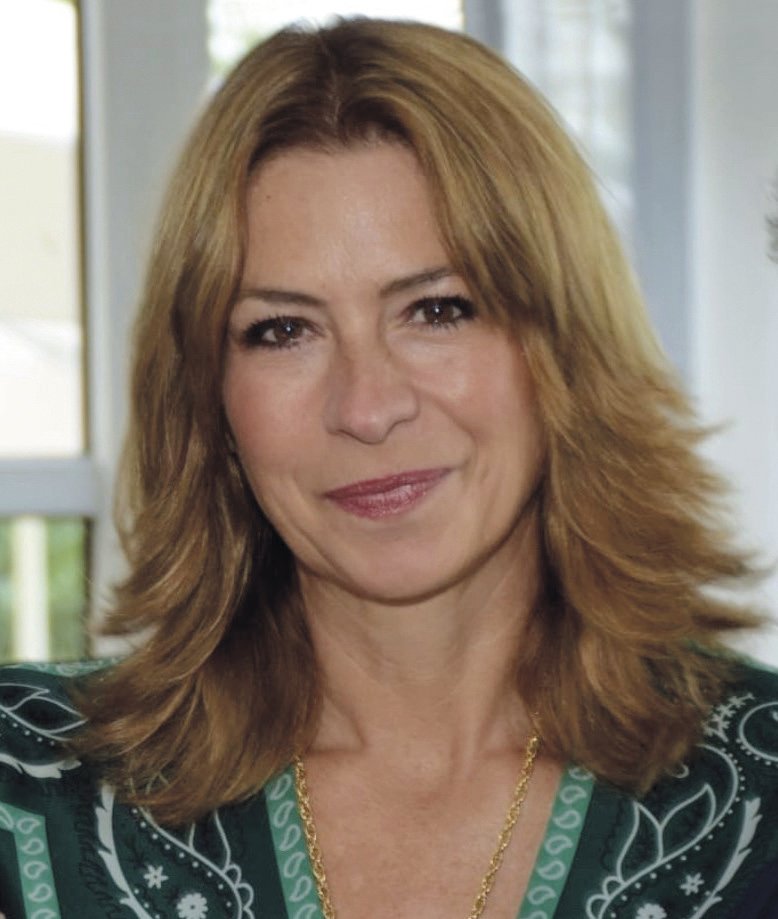
An Interview with Jacqueline von Hammerstein-Loxten
World-renowned Asian art dealer and collector C. T. Loo (1880–1957) masterminded the inception and realization of the Pagoda. Loo commissioned the Pagoda in 1926 and with the help of the architect Fernand Bloch (1864–1945).

Creating Spaces for Asian Art: C. T. Loo and the Nelson-Atkins Museum of Art
The Nelson-Atkins Museum of Art in Kansas City, Missouri, is renowned for its important collection and evocative displays of Asian art. The art dealer C. T. Loo, or Ching-Tsai Loo (Lu Qinzhai in pinyin; 1880–1957), played a pivotal role in both of these strengths.

In Conversation with Wang Xudong, Director of the Dunhuang Academy
The Mogao caves at Dunhuang comprise 492 cave temples, replete with murals, statuary and manuscripts accumulated over the course of 1,000 years, from approximately the 4th to the 14th century. As such, the site is considered one of the most significant troves of Buddhist art anywhere in the world.

Rome and China: Endpoints of the Ancient Silk Roads
This article presents a range of archaeological materials from both the former territory of the Roman Empire and the People’s Republic of China.

Evolution of a Museum: An Interview with Francesco di Gennaro
The Museo Nazionale d’Arte Orientale ‘Giuseppe Tucci’ (MNAO) in Rome was established in 1957 and opened to the public in 1958. With a focus on Asian art, its existence can be largely attributed to the work of the scholar and explorer Giuseppe Tucci (1894−1984).

Forging a Legacy: The Jambiya, Yemen’s Iconic Weapon
For many cultures and societies across the globe, arms and armour played an important role off the battlefield, particularly as markers of social status, military rank, courage, and wealth. In Yemen, this tradition continues to prevail with a dagger known as the jambiya or janbīyyah.

The Storrier Stearns Japanese Garden in Pasadena, California
The Storrier Stearns Japanese Garden in Pasadena, California, originally built in the 1930s by one Japanese immigrant designer and restored 70 years later by another.

Sigiriya: An Early Designed Landscape in Sri Lanka
Inscribed today on UNESCO’s World Heritage List, Sigiriya, an archaeological site in central Sri Lanka, may be one of the old-est gardens known in Asia. The late antique (4th–7th century) remains of buildings, zoomorphic architecture and rock paint-ings upon its central outcrop have elicited interpretation since the late 19th century (Figs 1 and 2). Sigiriya was thought to be a palace complex, and the art historian Ananda Coomaraswamy likened its paintings to the Gupta period (c. 320–550 CE) cave paintings at Ajanta in India (Coomaraswamy, 1971, p. 163).
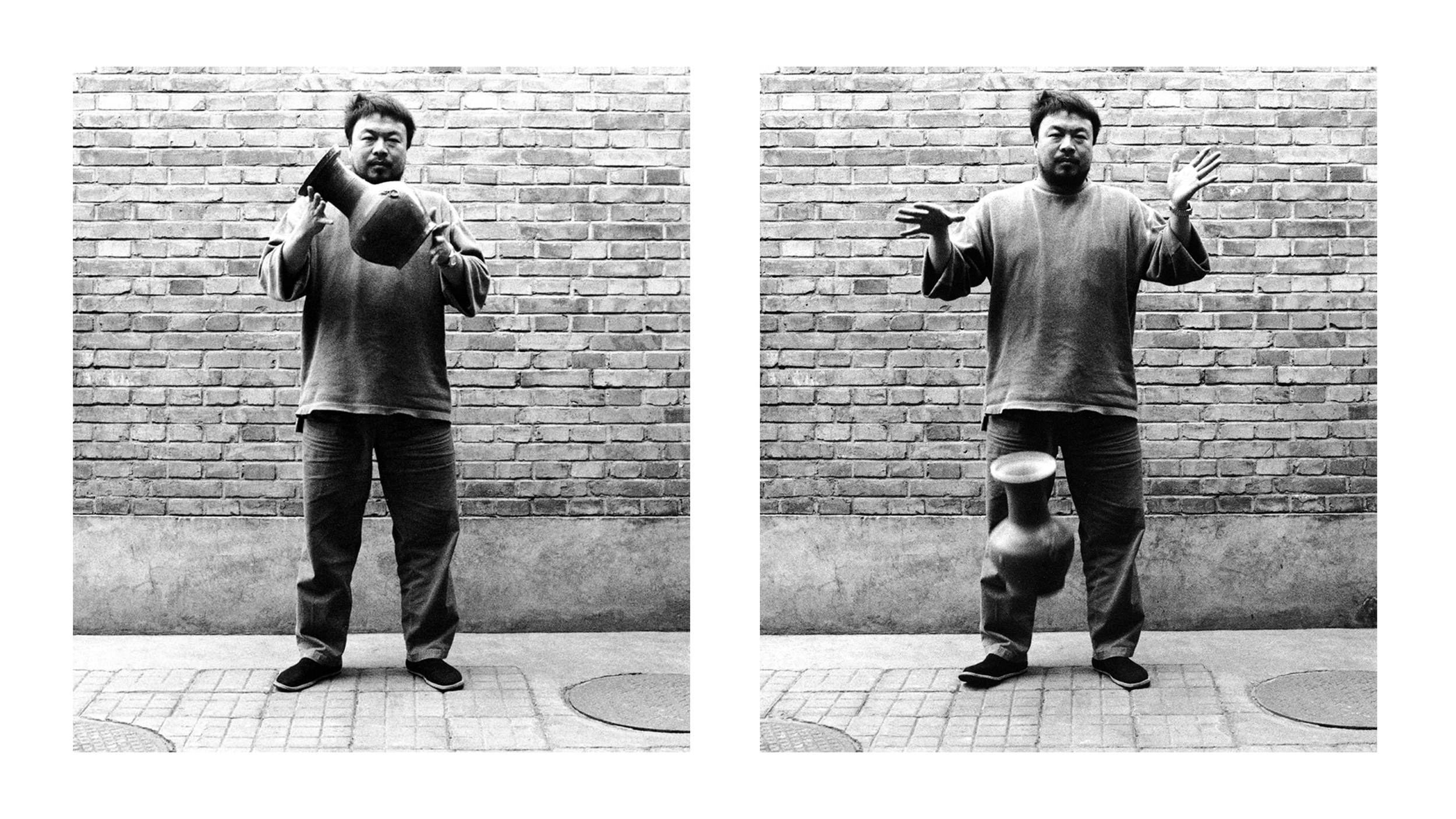
A Battlefield of Judgements: Ai Weiwei as Collector
One wonders, however, whether this artist is not best known for the wrong reasons. Ai Weiwei, son of the celebrated modern poet Ai Qing (1910–96), has a side that is often overlooked. This larger-than-life figure is one of the most passionate collectors and connoisseurs of Chinese antiquities, particularly jade, that I have met. In fact, he financed much of his early work as a contemporary artist through the sale of antiques.
